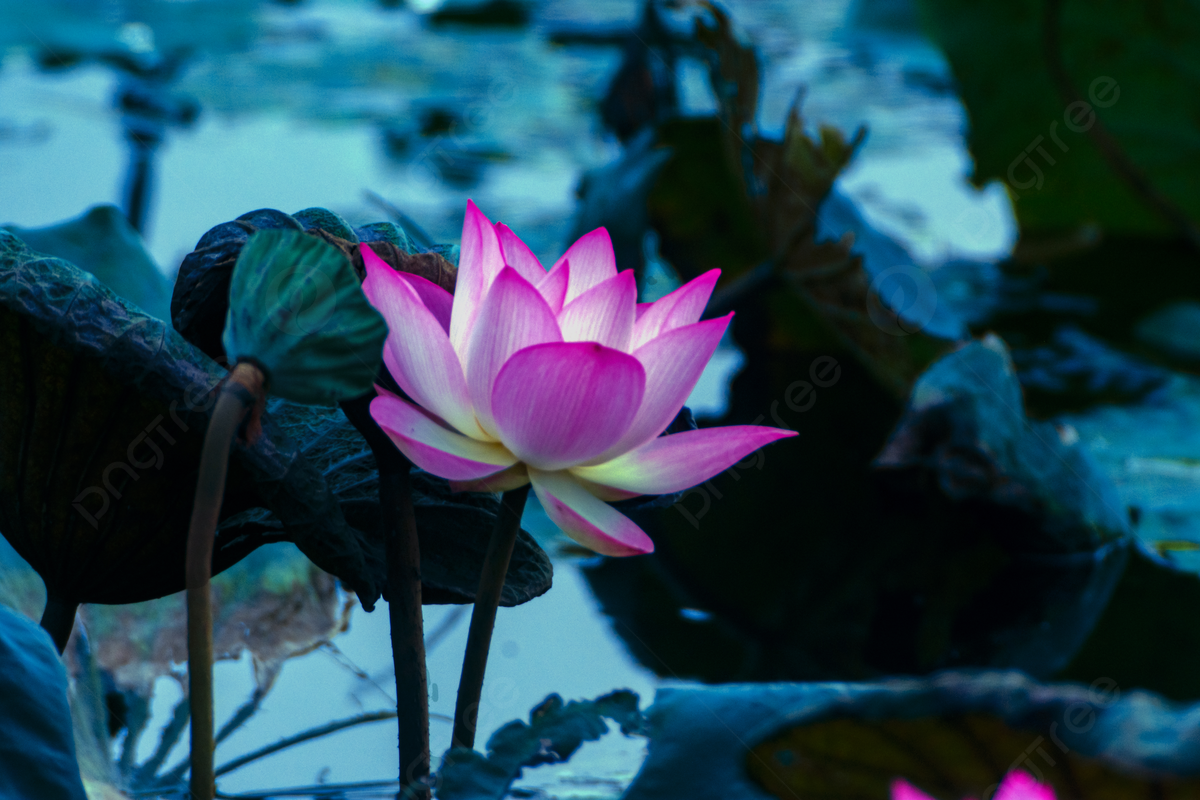In the heart of Southeast Asia, a symbol of grace and beauty emerges from the tranquil waters, captivating hearts and minds alike. The teratai888, also known as the lotus flower, holds a special place in the cultures and traditions of this diverse region. Its captivating allure and deep symbolism make it a timeless and cherished emblem that transcends borders.
The Teratai, or lotus, is celebrated for its striking aesthetic appeal. Its delicate petals gracefully unfurl atop the still waters of ponds, lakes, and rivers, creating a mesmerizing tableau of colors. From pristine white to vibrant pink and serene blue, the lotus offers a stunning array of hues that have inspired poets, artists, and photographers for generations. Its unique ability to emerge from muddy waters while maintaining purity and beauty has led to its association with spiritual enlightenment and resilience.
Deeply rooted in the cultural fabric of Southeast Asia, the Teratai carries profound symbolism. In Hinduism and Buddhism, the lotus is a sacred symbol of purity, enlightenment, and rebirth. It is often depicted as a seat for deities and Buddhas, signifying the divine presence within the human soul. This symbolism extends to various aspects of life, where the Teratai signifies growth, transformation, and the triumph of the human spirit over adversity.
Across the Southeast Asian region, the Teratai features prominently in art, literature, and architecture. In Thailand, for instance, the lotus graces the elegant temples and palaces, reflecting the nation’s spiritual and cultural heritage. In Cambodia, the ancient temple complex of Angkor Wat is adorned with lotus motifs, underscoring the harmony between nature and spirituality.
